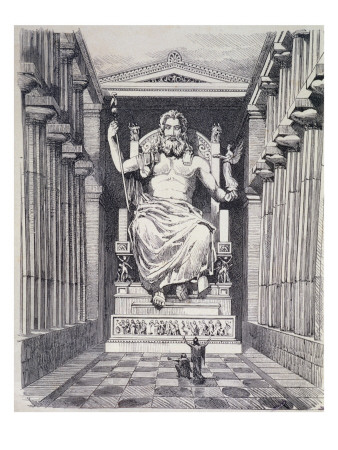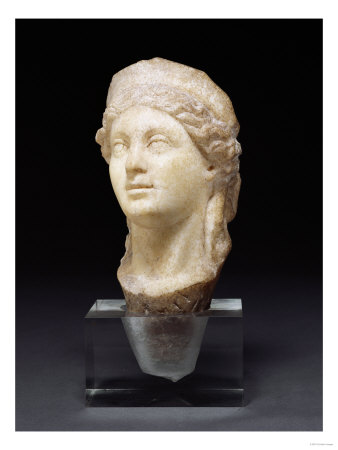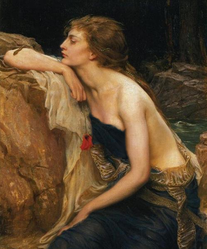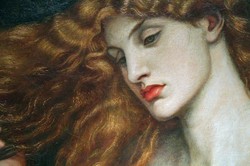Of all the deities in the Greek Pantheon, Hera and Zeus stood supreme. They were parents of all. There was none more powerful, more absolute, more untouchable. The only divine being able to thwart either of them was each other.
With Zeus unwilling to take on Hera, there was little that Lamia could do. She was supposed to simply crawl into a hole somewhere, then spend her eternal life regretting ever having taken the Mother Goddess's man. She didn't. She attacked in the only way open to her. She went after the faith in Hera Herself.
New mothers prayed to Hera. She was the Great Mother. Those wishing to become pregnant left offerings for Her too. Older mothers watching their children grow into adulthood still turned to Hera. She could protect their babies. She was not just a mother, but The Mother.
So Lamia killed the babies. All those grieving mothers had placed their trust in Hera, now the cradle was empty. Where was Hera then? Moreover, who had sent this horror into their midst? It was Hera.
Relentlessly, immortally, the insane Lamia preyed upon the nurseries. She took her sustenance from the bodies, blood or life-force of the infants; she took her revenge by eroding human belief in Hera's greatness.
And who won in the end? While classical scholars and Pagans may know all about Hera, it's vampires who survived the centuries to take over popular culture. The legends have changed and the focus had shifted, but the fact of the blood-suckers remains. Lamia's children haunt our literature and movie screens, while Hera is nowhere to be seen.















 St Tydecho's Churches in West Waleson 09/03/2014
St Tydecho's Churches in West Waleson 09/03/2014
 Goodies for an Outlander Premiere Partyon 03/06/2015
Goodies for an Outlander Premiere Partyon 03/06/2015
 Holocaust Memorial Day Interview with Rainer Höss, Grandson of Rudolf Architect of Auschwitzon 01/24/2015
Holocaust Memorial Day Interview with Rainer Höss, Grandson of Rudolf Architect of Auschwitzon 01/24/2015
 Romantic Valentine Gifts for an Outlander Fanon 01/16/2015
Romantic Valentine Gifts for an Outlander Fanon 01/16/2015



Comments
Ah! Thank you very much. I'll hunt that out and give it a look.
I'm only beginning to study the mythology of ogresses. The archetypes and legends will help our understanding of real life ogresses, whose evil has long been whitewashed by dishonest social constructionist historians. A two part article "Death on the Baby Farm" (easy to find online with the title) exposes this whitewash and reveals many long-forgotten real life female serial killers of children.
You are very welcome. I love it when we get these random finds in subjects we enjoy learning about.
I had never heard of Lamia before. After all these years of reading and studying myth and legends, how could I not have heard of this incredible Vampire? Thanks for this great Wizzle. :)
Ah! I'm with you. And I'm not going to argue you with you there. But for the sake of Wizzley and those who rely on Google, I'll toe the line.
Oops. That wasn't a religious statement. Just a response to google's nonsense. I was just a little tardy in getting here.
Amen?
Good Lord.....
I feel proud to have been here at the birth of a new word. <3
Boobercuser. My new favourite words, I'll shout it at people who look at my chest.